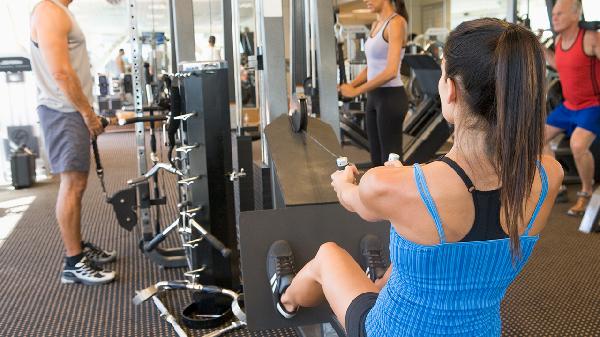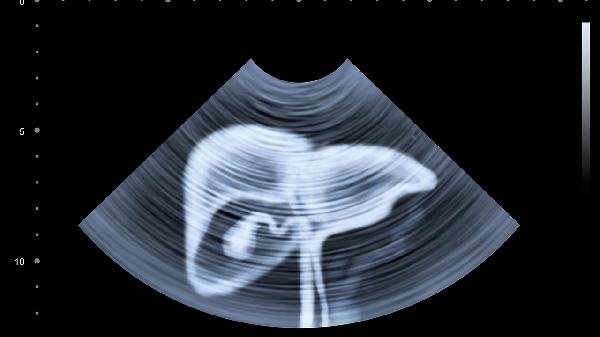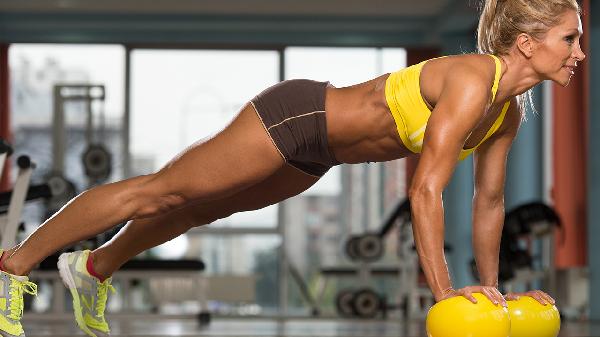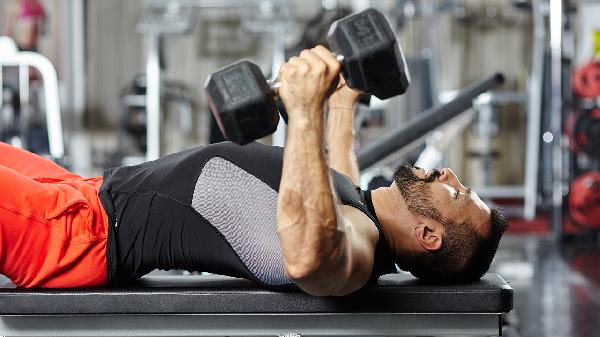If you're a runner looking to improve your form and reduce injury risk, it's time to rethink how your feet interact with the ground. Instead of pushing off with brute force, imagine pulling yourself forward—like you're scooping the ground beneath you. This subtle shift engages stronger muscle groups and promotes a more efficient stride.
Why Pulling Beats Pushing
When you push off the ground, you rely heavily on your quads and calves, which can tire quickly and lead to inefficient mechanics. But when you focus on pulling, your hamstrings and glutes—the powerhouses of your lower body—take over. These muscles are built for endurance and can handle more workload without breaking down. Plus, pulling naturally shortens your stride and increases your cadence, two key factors in reducing impact-related injuries like shin splints and stress fractures.
The Mechanics of a Pulling Stride
To nail this technique, think about lifting your heel toward your opposite calf rather than kicking back behind you. Your foot should stay close to your glutes, minimizing excessive motion. This keeps your stride compact and efficient. Dr. Jou emphasizes that the effort should feel sustainable—like you're gliding rather than forcing each step. If you're straining or overextending, you're likely pushing too hard instead of smoothly pulling.
How to Practice the Pull Technique
Start by running at a slower pace and consciously focusing on your heel lift. A good drill is "butt kicks," where you exaggerate bringing your heels up toward your glutes in a controlled motion. Over time, this movement will feel more natural during regular runs. Another trick? Listen to your footsteps. If you hear heavy slapping, you're probably pushing. A quieter, quicker cadence usually means you're pulling correctly.
Common Mistakes to Avoid
One big error runners make is overstriding—landing with their foot too far in front of their body. This forces a push-off and increases braking forces, which can lead to joint stress. Another mistake is lifting the heel too high behind you, which wastes energy and disrupts rhythm. Keep your foot movement close and controlled, almost like you're cycling your legs beneath you.
When You’ll Notice the Difference
At first, this technique might feel awkward, especially if you're used to a forceful push-off. But within a few runs, you'll likely notice less fatigue in your quads and calves. Over weeks, your stride will become more fluid, and you might even see improvements in speed without added effort. The real win? Fewer aches and pains after long runs, thanks to reduced strain on vulnerable muscles and joints.
Shifting from a push to a pull mindset isn’t just about tweaking form—it’s about working smarter, not harder. By letting your strongest muscles do the heavy lifting, you’ll run more efficiently and stay injury-free. So next time you hit the pavement, think less about powering through and more about smoothly pulling yourself forward.
























